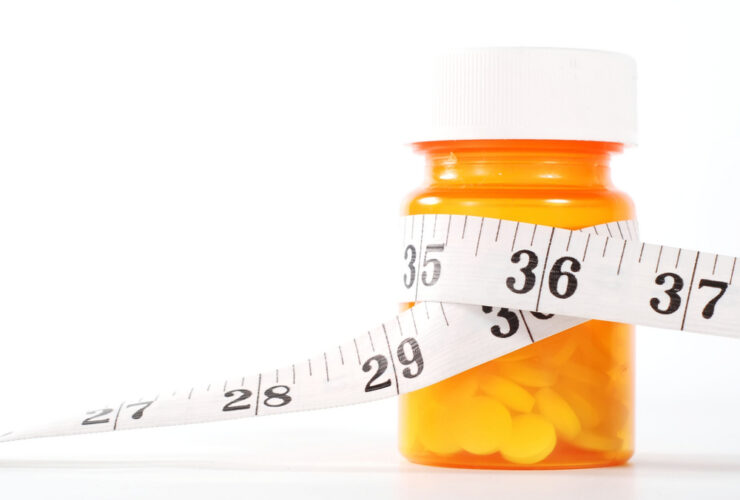Many people receive health care in their own homes. Some have illnesses or conditions that keep them homebound. Others live in rural areas where access to local offices or hospitals is limited. Still others pay for private treatment in order to receive care in their own home. Sometimes, family members receive some training to administer medications and health care at home.
If you receive or provide home health care, do everything you can to promote medication safety in the home. Here are some basic guidelines to help ensure that someone receiving at-home care does not accidentally experience medication mix-ups or dosing mistakes.
Provide Good Light Source in Care Area
Some people who have health care at home keep the lights low and the curtains drawn, especially if their illness affects eyesight or causes neurological disruptions. However, when dispensing prescriptions, the person giving the medication should have an area with clear, bright light to work in.
The need for good light is especially important if the patient is receiving more than just a basic pill. If the caregiver has to fill syringes or give liquid medication by mouth, even a small misreading can have serious negative consequences.
Keep Distractions at a Minimum
When preparing and administering medication at home, make sure the care area is distraction-free. Keep children and visitors away during treatment times, and close the door to minimize noise distractions. If you have monitors that beep, turn the sound down.
If you are the patient, wait until the medications have been prepared and given before engaging your caregiver in conversation. If you are a family member who is in the room, wait to ask questions or bring up concerns to allow the home health professional to work without trying to do two things at once.
Reduce Clutter and Disorder
A clean treatment space is ideal for home health medication safety. It’s harder to keep medications organized if surfaces are covered with clutter, old papers, or even old packing from previous days’ medications and dressings. Each day, clear away work spaces and take out the trash.
Never leave old prescription bottles or half-full medical cream containers in the treatment area, especially if the prescription is now obsolete. Patients, family members, or even professional caregivers may accidentally mistake an old dose of medication for a new one.
If you have a patient who suffers from mental illness or confusion because of their condition, cleaning up daily is also important because it can prevent them from reusing old sharps that are in the trash can. Used needles can cause infection or be a hazard to other family members in the house.
Ask for Adaptations to Special Needs
Many patients receiving at-home care have special needs. If they or family members are capable of giving themselves their own medications, you should make the medications as accessible as possible.
For example, you might ask a specialty pharmacy to provide large print labels for poor eyesight. Misreading labels or care instructions is a common way for patients to accidentally misuse or overdose on their medications. If a patient has poor eyesight, large print for doses and warnings is essential.
Your pharmacy should also be able to provide medication information in a different language. If the patient only speaks Spanish, labels and medication inserts should be provided in Spanish so the patient has access to all necessary care instructions. For less common languages, ask the pharmacist for resources so you can access the information you need.
Simplify Medication Practices
Finally, you can help ensure safe medication for home health care by doing everything possible to simplify medication administration. For example, if you normally get your pills from a typical pharmacy but those pills need to be cut in half for a single dose, visit a compounding pharmacy to create pills so that each one reflects a single instead of a double dose.
Removing steps to reach the proper dose reduces the risk of making a mistake, especially in a home health setting where things can get confusing, especially for family caregivers who might not have full medical training.
Talk to your pharmacist about whether pills can be combined into one, and ask about how many medicines can be given at a time. Sometimes you have to space medications out during the day because they must be given at different times or in different amounts. The simpler the schedule, the less chance of error.
If more than one professional or family member is in charge of care, leave detailed notes and a firm schedule to show what medications have been given that day. Mismanagement of personnel is one of the reason why patients miss doses or accidentally receive a double dose. Keep clear, accessible records of each care procedure, including meals and fluid intake.
You can avoid medication errors in home health care. For more information on safely providing medication to home health patients, contact us at Potter’s House Apothecary.



